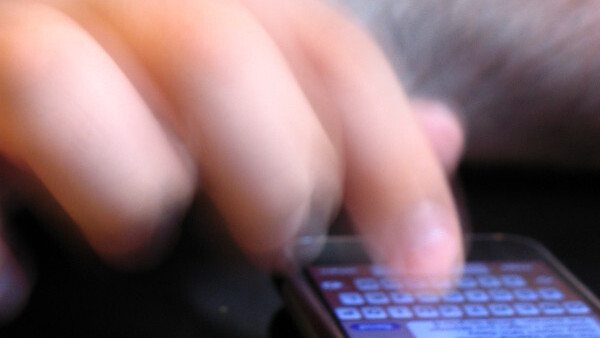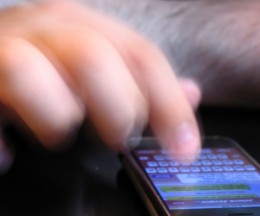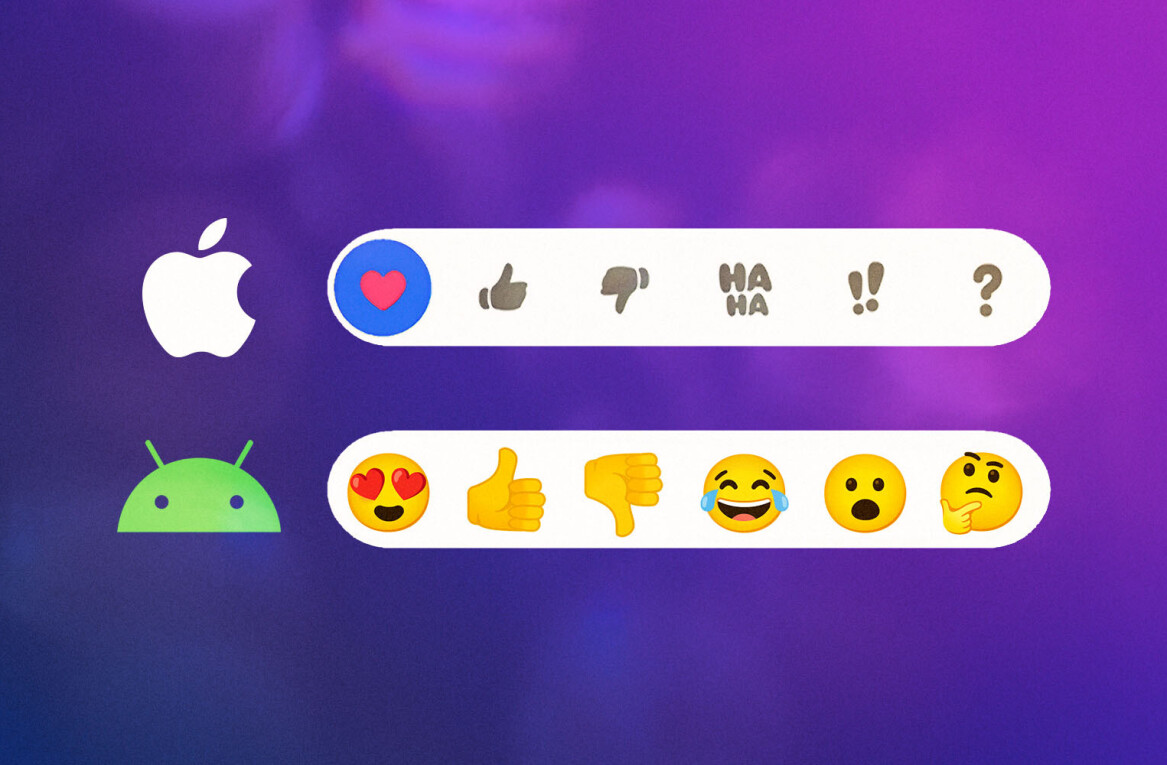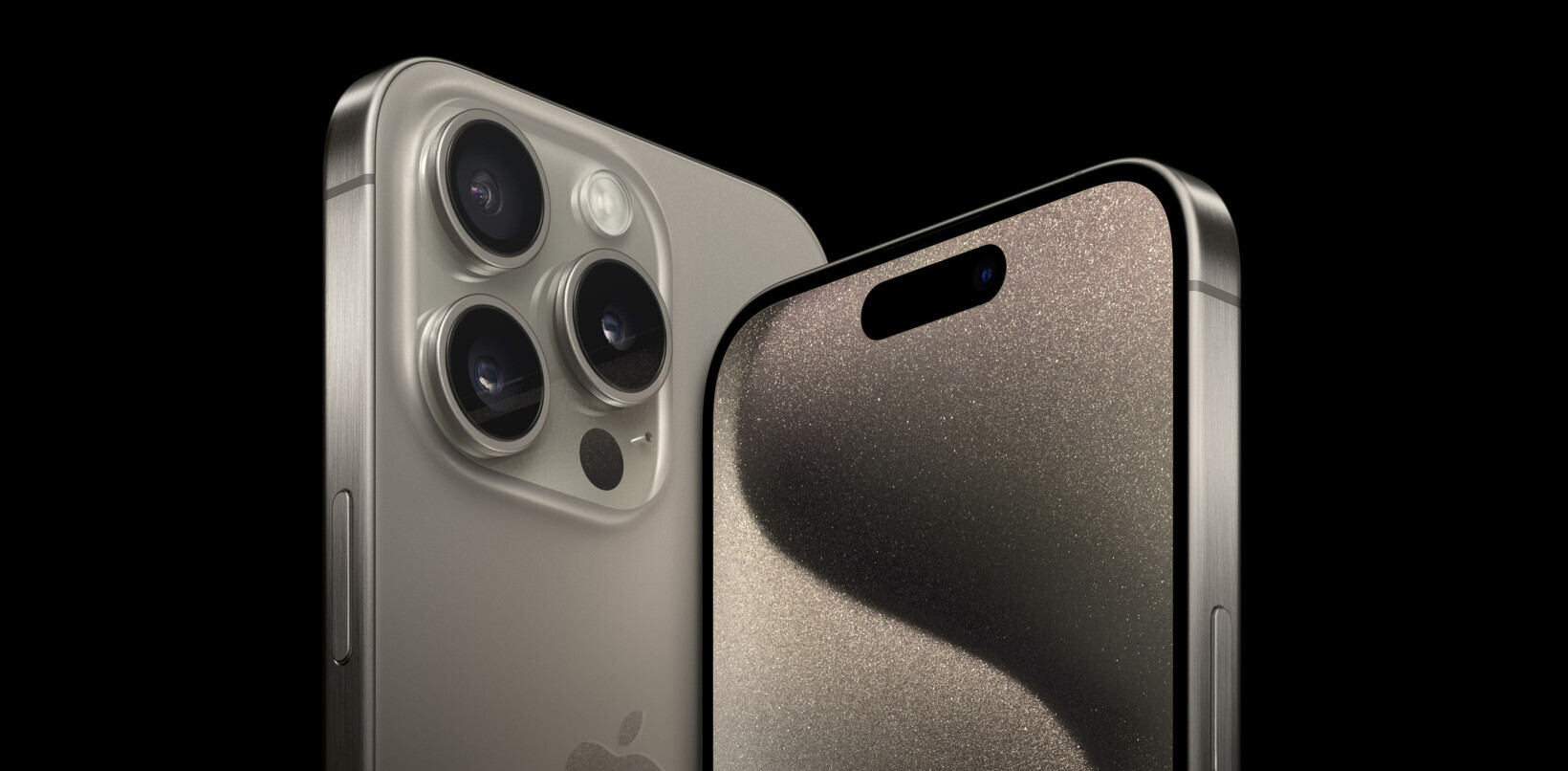
 In all the hullaballoo about smartphones and the app generation, it’s often forgotten that there are some basic functions which a phone needs to perform: calls and messages. The smartphone should’ve raised the bar – not just maintained it. There are many features of other text based channels (email, IM) which were not achievable on phones of five years ago but, with the screen real estate and UX sophistication of today’s devices, these features should be creeping into text messaging.
In all the hullaballoo about smartphones and the app generation, it’s often forgotten that there are some basic functions which a phone needs to perform: calls and messages. The smartphone should’ve raised the bar – not just maintained it. There are many features of other text based channels (email, IM) which were not achievable on phones of five years ago but, with the screen real estate and UX sophistication of today’s devices, these features should be creeping into text messaging.
The iPhone introduced some new texting features – think threaded display and visual voicemail – but there are many things my 5 year old Nokia could do which the iPhone still can’t. Even the Palm / Treo devices had apps which souped up the messaging.
Note, I’ve written this from an iPhone perspective because that’s my day-to-day phone, but these ideas carry into any smartphone text messaging application.
8 ways text messaging could become awesome
1. Scheduled messages
It’s not uncommon that I know I will want to send a message, so why can’t I just schedule it now and forget about it? There are a number of obvious applications – birthdays, anniversaries, announcements, friends in different timezones, etc. We take this functionality for granted on Twitter, why not for texting?
2. Message groups
It was looking at Groupme and Brightkite that got me thinking about this in the first place. When my daughter was born, contact groups on my Nokia were what allowed me to update all and sundry in one 30 second transaction rather than sending the same message time and time again. Groupme seems to take it one step further by displaying group messages in the iPhone conversational style. It’s like text driven IM. Awesome.
3. Send and receive confirmations
Traditional texts are like real-time letters. You’ve sent them and they should arrive, but you’ve no idea whether they did or didn’t. WhatsApp, a cross platform IM client, solved this problem with two ticks – one confirms message sent, the other confirms message opened. It conveys meaning elegantly and simply.
4. Unsend
We’ve all hit the “send” button too early. For me, it often happens when I’m typing too quickly and hit “send” instead of o or p. I’d love a few seconds grace and an “unsend” button which allows me to carry on editing. Google recognised this almost 2 years ago and implemented it into Gmail.
5. Auto-respond
We all use our phones for work. In the corporate world, managing people’s expectations is an important skill to help build trust relationships. E-mail clients allow me to auto-respond with an out-of-office, why not do this with text messages as well?
6. Contact sharing
This is something the iPhone just doesn’t seem to get working well. Sure, you can send contact details via email and MMS, but often you don’t have the recipient’s email address and you’re not sure if they can receive MMS’s. The assumption around knowing these details proves wrong too often.
Why not just some sort of text based business card? When I asked some friends for their thoughts for this piece, the inability to easily send business cards to anyone was the one feature they unanimously felt the iPhone lacked.
7. Templates and signatures
This makes so much sense. My old Nokia had a bunch of templates pre-loaded, ranging from “I’m running late” to “Don’t forget to … “. If my phone makes my everyday tasks and messages quicker to draft and send, that’s compelling to me.
8. Word clouds
Okay – so maybe this one is a flight of fancy – but why not let me generate word clouds based on text message conversations? The iPhone is all about eye-candy and word clouds are about an eye-candy way to present lots data. I’d love to pull up a word cloud of all my conversations with my mates – just to prove that they swear far too much.
Is this even possible?
There may be some network constraints which make some of these ideas infeasible. Send and receive notifications would require some sort of network support for implementation. With visual voicemail, Apple have proved that this is not insurmountable though.
Apple often rolls out the excuse that more complex features would negatively affect the user experience. What a smokescreen! Apple has some of the best UX designers in the world, they can’t convince me that they are unable to design an interface where it is is intuitive to schedule a message or apply a template.
Who cares? Text messages are old hat anyway
When polling my TNW co-writers for ideas for this piece, @Martin quickly pointed that most of his text traffic has shifted to Twitter DMs. I also considered my own usage and realised that a lot has shifted to IM clients like WhatsApp. Maybe so – but even in this observation there is an assumption…
- Using Twitter requires you to know that your recipient is on Twitter (and, in turn, relies on uptime of another network provider).
- Using IM requires you to know that your recipient is using IM and that you’re connected to them. This may be so for your closer circle of friends and family, but it’s not always the case
Text is the lowest common denominator. You can send a text message to any mobile number and be reasonably sure that the recipient has received the message. A recent study by ABI research predicted that 7 trillion text messages will be exchanged in 2011. 7 trillion is a lot of room for awesome.
Get the TNW newsletter
Get the most important tech news in your inbox each week.





